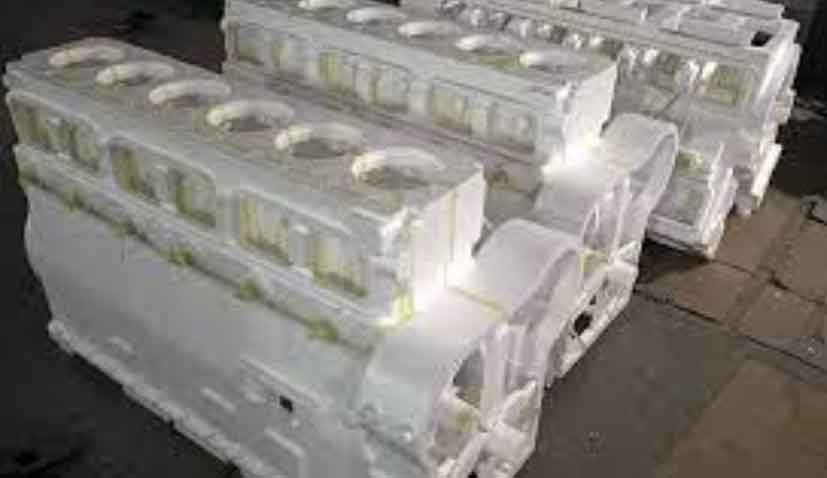Lost foam casting has emerged as a groundbreaking technique that pushes the boundaries of complex metal parts production. This innovative casting method offers several key advantages that make it a preferred choice for manufacturing intricate and challenging components. Here’s how lost foam casting pushes the boundaries of complex metal parts production:

- Complex Geometries:
- Lost foam casting allows for the production of complex part geometries that are difficult or impossible to achieve with traditional casting methods.
- The foam patterns used in lost foam casting can be easily shaped into intricate designs, including thin walls, internal features, and intricate details.
- This capability enables the manufacturing of complex metal parts with high precision and dimensional accuracy.
- Near-Net Shape Casting:
- Lost foam casting produces near-net shape castings, minimizing the need for extensive post-casting machining or assembly operations.
- Complex features, such as internal cavities, undercuts, and thin sections, can be accurately cast, reducing material waste and overall production costs.
- The near-net shape capability of lost foam casting improves production efficiency and enables faster turnaround times for complex metal parts.
- Weight Reduction:
- Lost foam casting offers opportunities for weight reduction in metal parts.
- By using foam patterns, intricate designs with hollow sections or internal structures can be created, resulting in lighter components.
- This weight reduction is particularly beneficial for applications where lightweight materials are desired, such as in the aerospace and automotive industries.
- Design Flexibility:
- Lost foam casting provides designers with greater flexibility in realizing their creative concepts.
- The foam patterns used in lost foam casting can be easily modified or replaced, facilitating design iterations and changes.
- Designers can experiment with different geometries, features, and configurations without the constraints of traditional tooling limitations, leading to innovative and optimized part designs.
- Improved Surface Finish:
- Lost foam casting typically produces castings with superior surface finishes compared to other casting methods.
- The absence of sand molds or cores eliminates the possibility of mold-related surface defects or roughness.
- This results in smoother surfaces that require minimal or no post-casting finishing operations, saving time and reducing costs.
- Material Versatility:
- Lost foam casting supports the use of a wide range of metals and alloys.
- From aluminum and iron to stainless steel and titanium, various materials can be cast using the lost foam method.
- This versatility makes lost foam casting suitable for diverse industries, including automotive, aerospace, marine, and more.
- Rapid Prototyping:
- Lost foam casting offers rapid prototyping capabilities, enabling the quick production of functional prototypes for testing and validation.
- The ability to produce near-net shape prototypes with complex features helps expedite the product development process and reduces time to market.
Lost foam casting has revolutionized the production of complex metal parts by offering unprecedented capabilities in terms of geometrical complexity, near-net shape casting, weight reduction, design flexibility, improved surface finish, material versatility, and rapid prototyping. As a result, manufacturers can now produce intricate components more efficiently, expanding the possibilities for innovative designs and pushing the boundaries of complex metal parts production.
